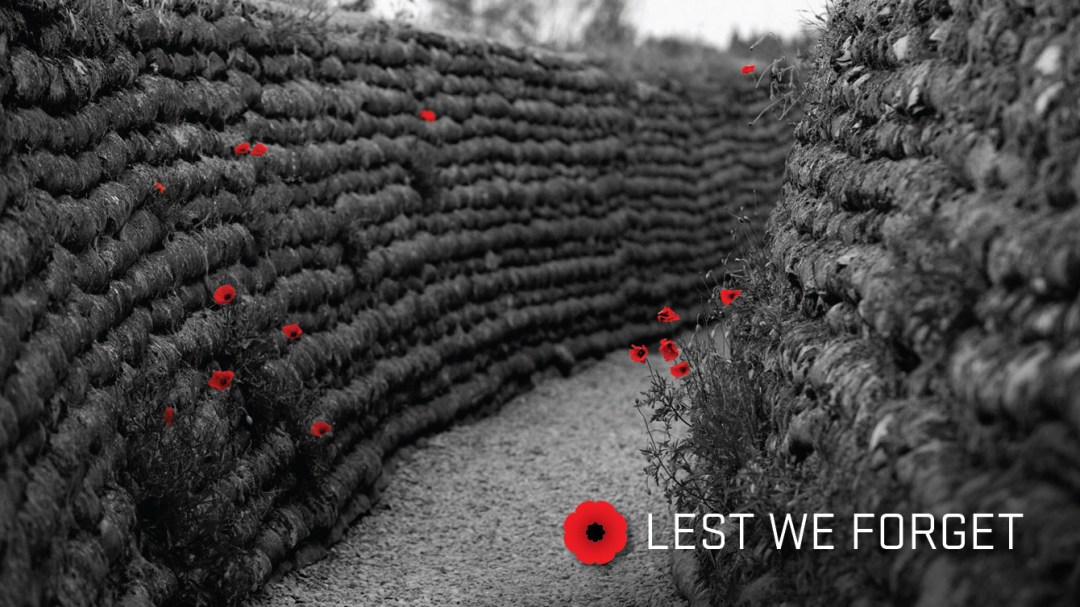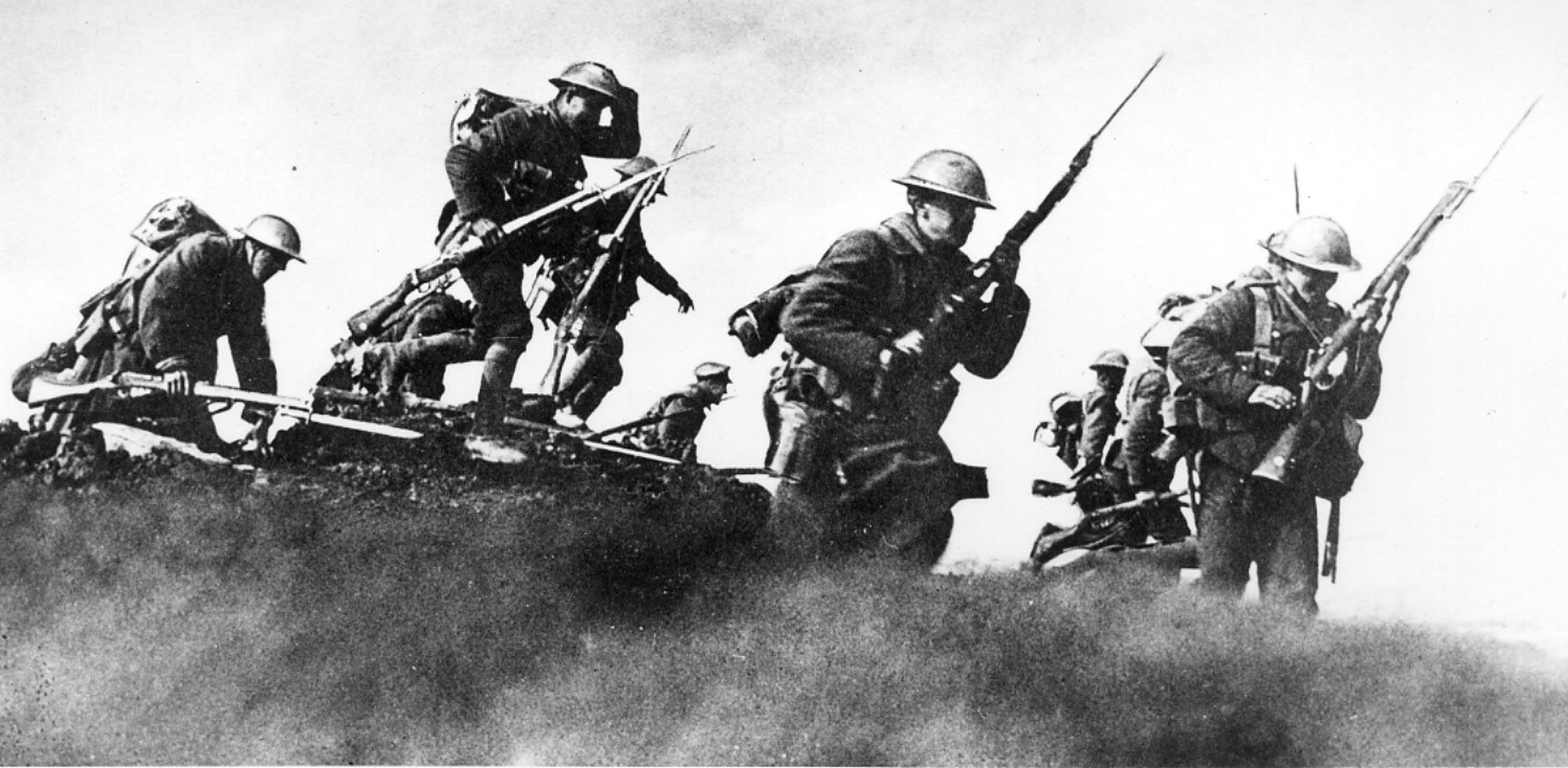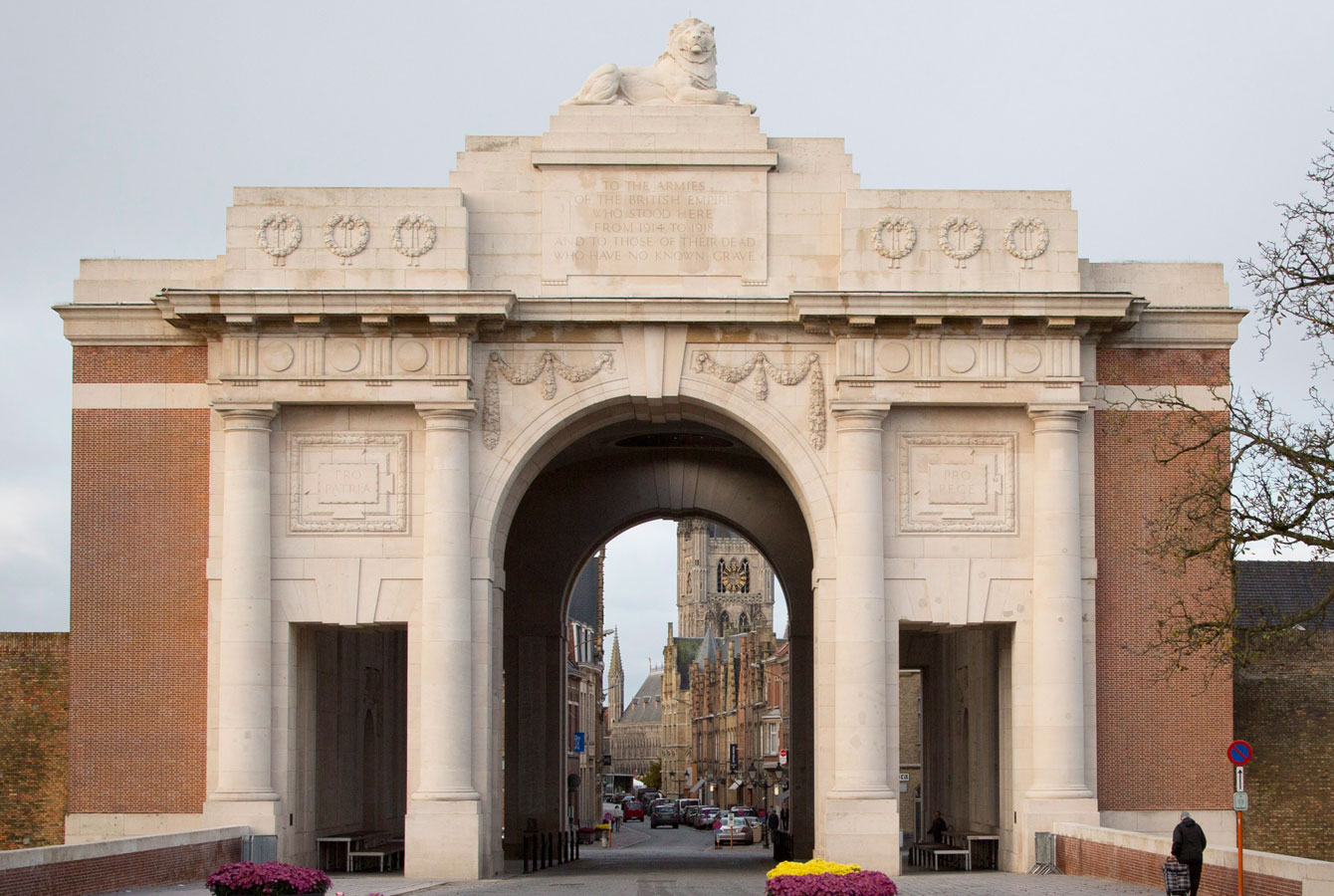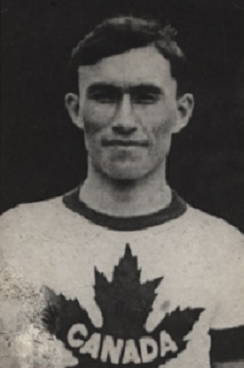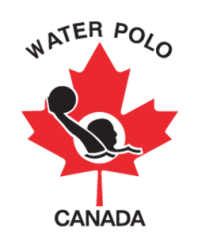Six Canadian Olympians fought in the First World War
Over a century has passed since the start of the First World War.
According to the Canadian War Museum, more than 60,000 Canadians were killed and 172,000 wounded in World War I. With Canada’s many sacrifices – particularly in gruesome trenches used to fortify positions – also came great victories, the most prominent of which was the capture of Vimy Ridge that forced Germany to retreat from a strategic high ground in northern France.
Six Canadian Olympians fought in World War I, five of whom perished in battle. Among the athletes-turned-soldiers were elite distance runners (including a Boston Marathon winner), Canada’s top men’s singles tennis player of the 20th century and a rower who at 18 had already won two Olympic medals.
Alex Decoteau
A Cree distance runner born in 1887 at a Saskatchewan Reserve, Alex Decoteau competed in the men’s 5,000 metres at Stockholm 1912, finishing sixth.
It has been documented that while in the military, during a race in England, Decoteau counted King George V as an admirer and was presented with a gold pocket watch as a prize for a victorious five-mile run. Decoteau died at the Second Battle of Passchendaele in 1917.
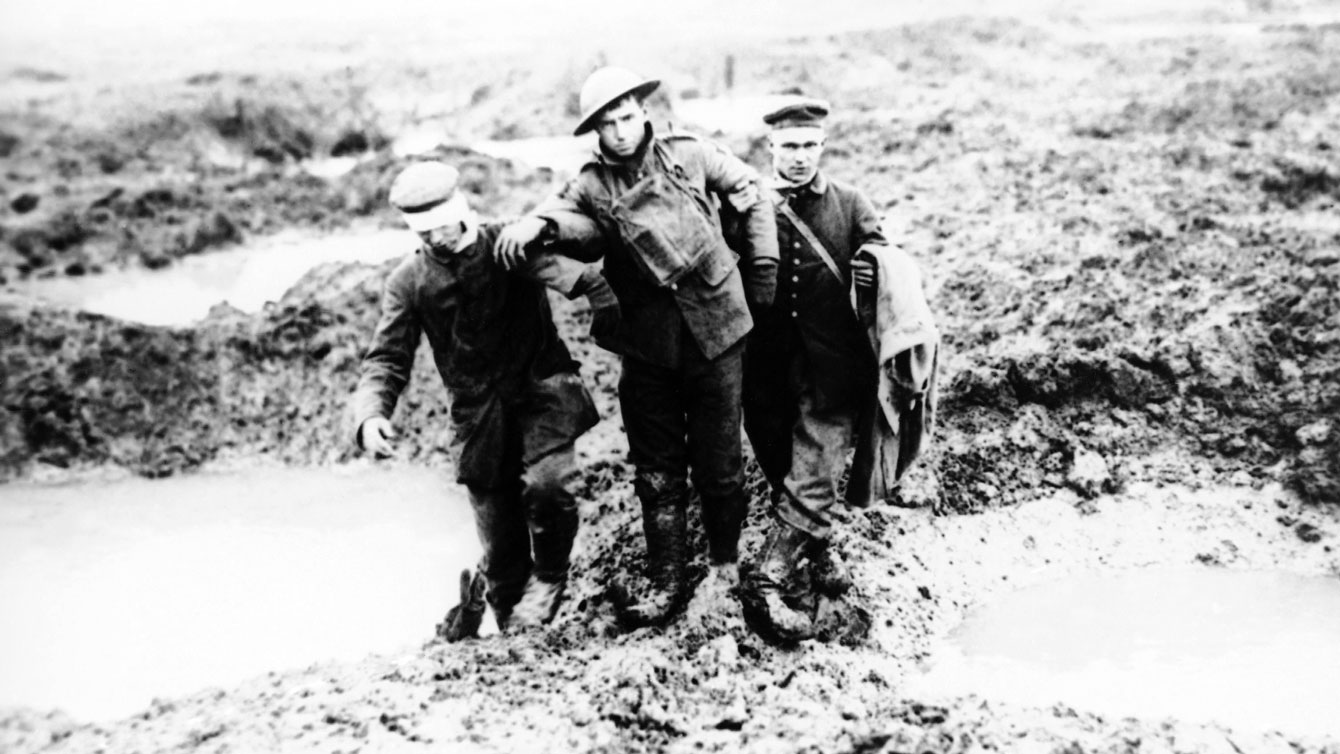
From Canadian Press: 1917 file photo, wounded Canadian and German World War One soldiers help one another through the mud during the Battle of Passchendaele in Passchendaele, Belgium.
James Duffy
Born in Ireland and raised in Scotland, James Duffy represented Canada at Stockholm 1912 in the marathon where he placed fifth.
The 1914 Boston Marathon winner, Duffy was among the global elites of his discipline. Sadly, he died a year later in Ypres, Belgium, where Canadians are remembered for holding the line after the first documented case of a poison gas attack in that theatre of the Great War.
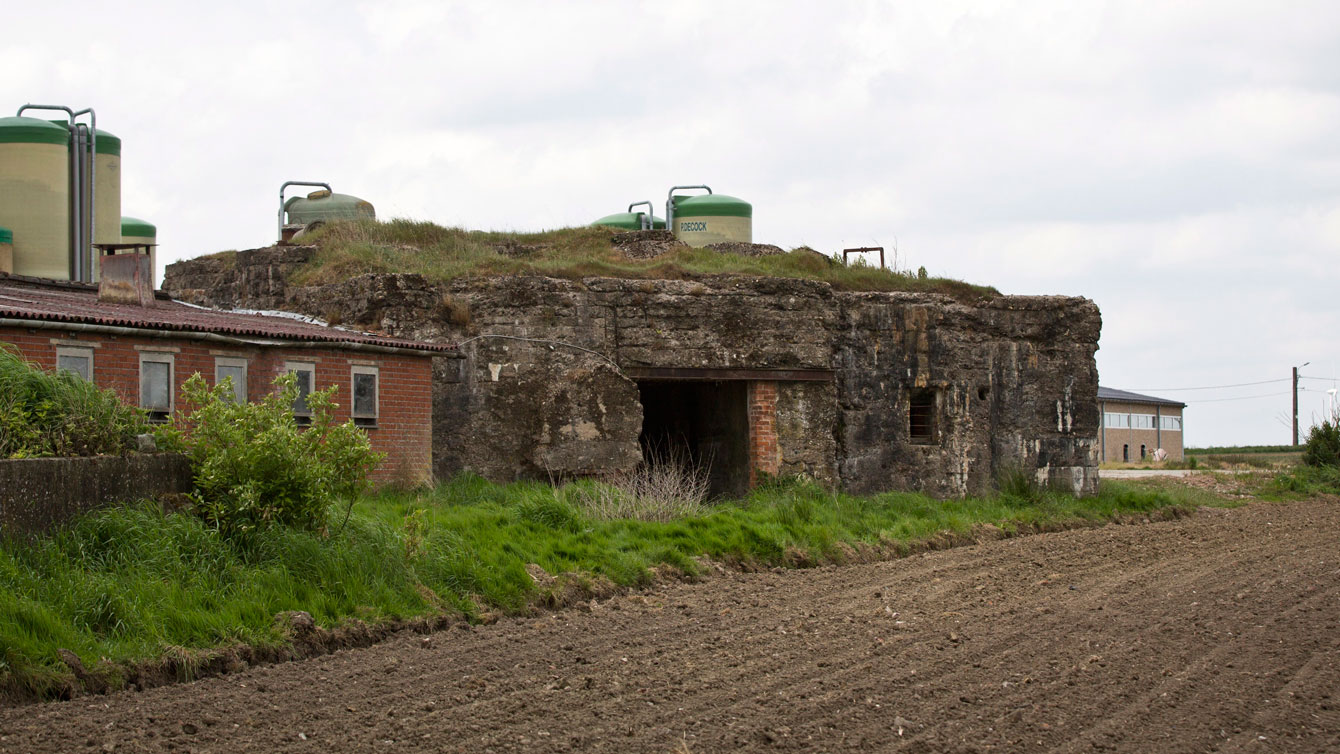
From Canadian Press: World War I bunker known as “Cheddar Villa” in St. Julien, Belgium. The bunker was a German strongpoint, which was taken on the opening day of the Third Ypres battle.
Tom Longboat
London 1908 marathoner Tom Longboat was born in Six Nations Reserve, Brantford, Ontario, and is a member of Canada’s Sports Hall of Fame.
Longboat’s ability to run great distances became important to the war effort as he delivered messages between units at great risk of enemy fire and was wounded twice, according to Veterans Affairs Canada. Longboat survived WWI and died in 1949 at the age of 61.
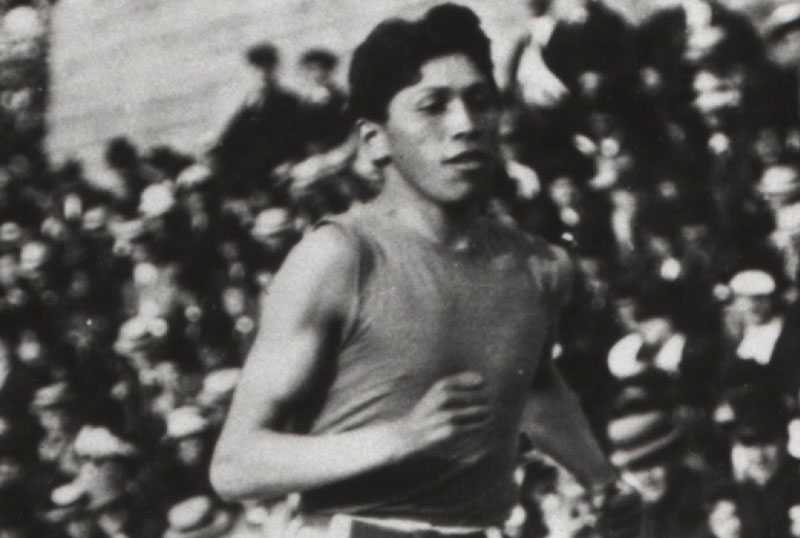
This is an undated Canadian Press photo of Tom Longboat, the only Canadian Olympian to actively take part in and survive WWI.
Percival Molson
A Stanley Cup winner whose famous family once again owns the storied Montreal Canadiens of their hometown, Percival Molson was also a St. Louis 1904 Olympian in the men’s 400 metres.
Molson used his influence and popularity to recruit for the war effort and joined the Princess Patricia’s Canadian Light Infantry. In the ill-fated Battle of Mount Sorrel, Captain Molson was wounded. He recovered but did not see out the war, dying near Vimy Ridge in the summer of 1917.

From Canadian Press: Canadian soldiers in the trenches at Vimy Ridge. The ridge was a German fortress, studded with concrete machine-gun nests, draped in kilometres of barbed wire and zeroed in by hundreds of guns and mortars.
Robert Powell
“Bobby” Powell represented Canada in men’s tennis – singles and doubles – at London 1908. That same year Powell reached the Wimbledon semifinals in singles. Five years later he played for Canada in the inaugural men’s tournament that would later become Davis Cup.
From Victoria, British Columbia, Powell was a lieutenant in World War I. He died leading a charge at Vimy Ridge just two weeks after Canadians famously captured the strategic high ground.
Geoffrey Taylor
A two-time Olympian from Toronto, Geoffrey Taylor won a pair of bronze medals in rowing at London 1908 in men’s coxless fours and men’s coxed eights. He competed in the latter event at Stockholm four years later where the men’s eight was unable to return to the podium.
Taylor went missing in the Second Battle of Ypres that came under poison gas attack in April 1915. Canadians had advanced into a village called St. Julien where they came under chlorine gas clouds. Taylor’s name is on the Menin Gate Memorial to the Missing in Belgium.

